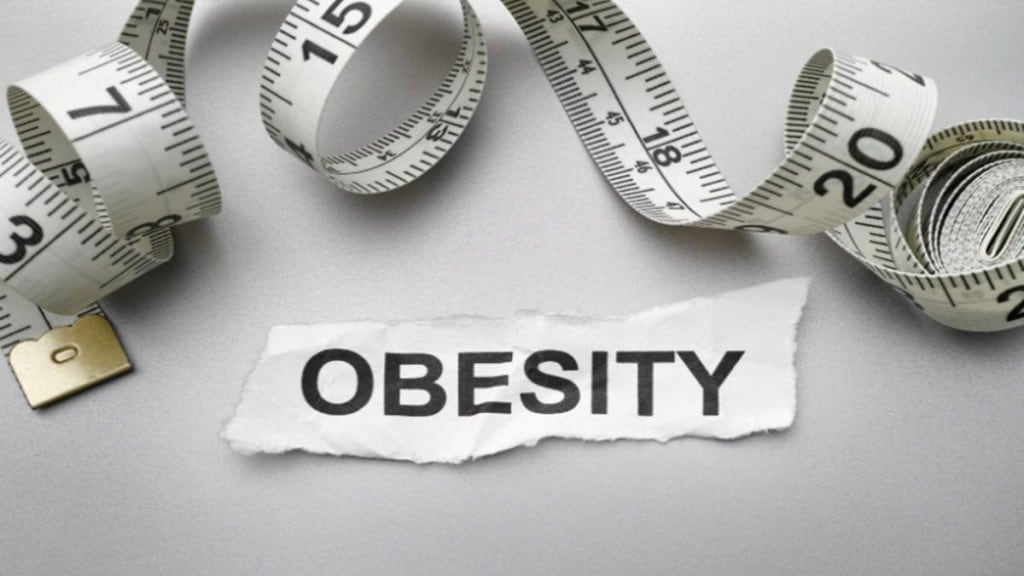For the first time, there are more obese than underweight children worldwide, says Unicef‘s Child Nutrition Global Report 2025. While consumption of ultra-processed foods is the primary reason, lax food safety and labelling rules have exacerbated the problem in India, finds Anvitii Rai.
l What the Unicef report says
The United Nations International Children’s Emergency Fund’s (Unicef) Child Nutrition Global Report 2025, titled Feeding Profit: How food environments are failing children, states that obesity has overtaken being underweight as the prevalent form of malnutrition in all regions of the world, except sub-Saharan Africa and South Asia. Globally, 5% children under the age of 5 and 20% children and adolescents aged 5-19 years are now overweight, a number that has doubled since 2000; while 9.4% of school-age children and adolescents were obese, as compared to 9.2% being underweight. It attributes this to the “constant supply of cheap and aggressively marketed ultra-processed foods and sugary drinks” —available data shows that more than 50% of young children consumed sweet foods or beverages during the previous day in 13 out of 20 low- and middle-income countries. It suggests protecting breastfeeding, regulating food environments (labelling, marketing etc), and ensuring affordable access to nutritious local foods. It urges safeguards against industry interference and robust monitoring systems to promote healthy diets.
l How do Indian children fare?
According to data from the National Family Health Survey-5 (NFHS-5), the share of under-five children who are overweight rose from 2.4% in NFHS-4 to 3.4%, while stunting declined from 38.4% to 35.5%, wasting from 21% to 19.3%, and underweight from 35.8% to 32.1%. Among children and adolescents aged 5-19, the prevalence of overweight and obesity increased from 2.4% to 5.4% for girls and from 1.7% to 6.6% for boys.
Unicef classifies India as facing a “triple burden of malnutrition” — undernutrition, micronutrient deficiencies, and a rapid rise in overweight and obesity. This is evident in the fact that only about 11% of children aged 6-23 months receive an adequate diet, and projections suggest that by 2030 India could have over 27 million overweight or obese children and adolescents, representing around 11% of the global burden.
l The rise of ultra-processed foods
Increased consumption of ultra-processed foods (UPFs) — including chocolate and sugar confectionery, salty snacks, ice-cream, biscuits, and beverages— is behind this rise in obesity numbers. The market for UPFs grew 10% annually since 2019, reaching `2.58 trillion in 2024 as per Euromonitor data; it is projected to touch `3.98 trillion by 2029. A World Health Organization-ICRIER study predicts that the share of UPFs in the retail sales of total processed food (essential/ staple plus ultra-processed) will reach 39% by 2032 from 36% in 2021. The 2023-24 Household Consumption Expenditure Survey found that rural and urban households spent nearly 10% and 11% of their monthly food budget respectively on processed foods and beverages — higher than their spends on fruits, vegetables, cereals, or meat. City-specific studies in Delhi and Mumbai show a surge in UPF consumption by children and adolescents from lower- and middle-income families, driven by ease of access and the correlation between children’s and parents’ eating habits.
l Lax food safety and labelling rules
India struggles with food regulations due to lack of clear policy implementation, infrastructure (food testing labs), and proper regulations. One only needs to remember the Cerelac controversy from last year, wherein Nestle was adding sugar and honey to infant cereal foods in low- and middle-income countries such as India but not in wealthy markets like the UK. While the Food Standards and Safety Authority of India (FSSAI) has introduced guidelines on front-of-label practices, this is not mandatory, and debates are still ongoing regarding whether high-fat, salt and sugar (HFSS) products should carry warning labels. While the FSSAI has proposed bans on HFSS products being advertised to children in any form, no regulation has been enacted. Further, the widespread consumption of inexpensive street foods — outside the formal purview of regulators — combined with low nutritional awareness, continues to exacerbate the problem.
l Lessons from other countries
A sugar tax, wherein drinks with more than a specific amount of sugar were taxed, was introduced by the UK (2018), Mexico (2020), and South Africa (2018) and did see success—for instance, the UK’s Soft Drinks Industry Levy prompted manufacturers to reformulate products and resulted in a 44% reduction in sugar sold per person through soft drinks. The recent decision to levy 40% GST on sugary, carbonated and energy drinks, could thus help nudge both children and adults to reduce such consumption.
Japan, Italy, and France have implemented strict standards on school lunches with a focus on meals being fresh and balanced. To note, India already has the PM-Poshan scheme, often cited as the largest school meal programme in the world. The UK and South Korea have restricted junk food ads during children’s TV programming and digital content too. Such practices can be universal and be added to the existing policy framework.

